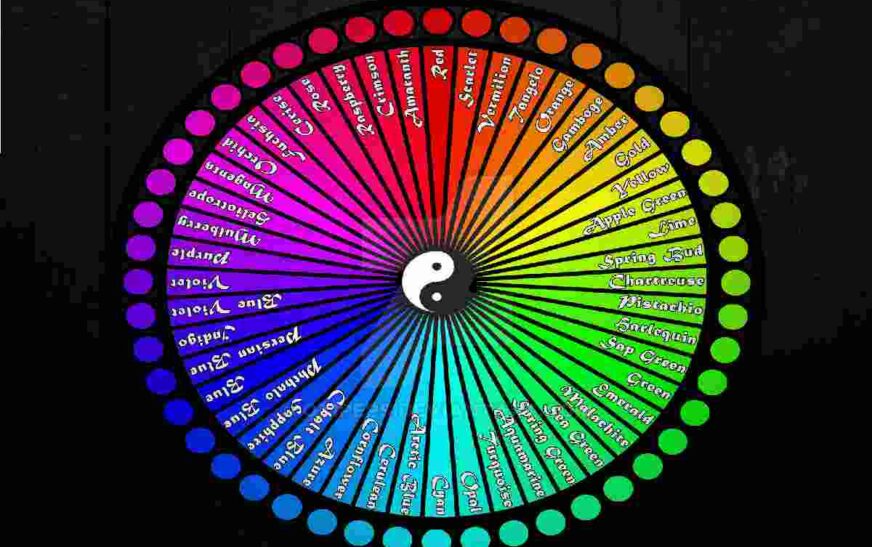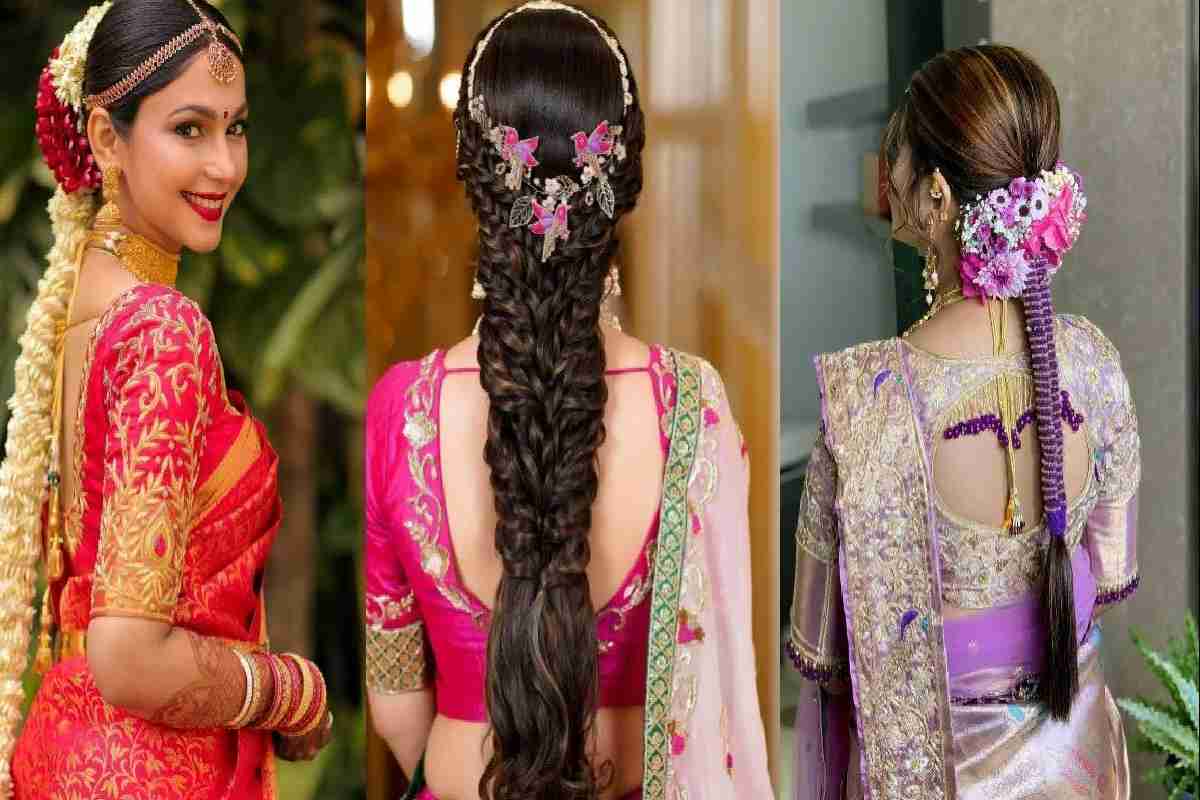Secondary:nwc-48= Color Wheel
Secondary colors are produced by combining the two first colors in various ways. For instance, when red and yellow combine, the resultant color is orange. This category has three colors: orange, green, and purple. On a color wheel, secondary colors are between the primary colors. Orange is between red and yellow, green is between yellow and blue, and purple is between blue and red.
Tertiary colors – Secondary:nwc-48= Color Wheel
Tertiary color is produced when a secondary color is added to a primary color. For instance, if you combine orange, a secondary color, with red, a primary color, you will obtain orange-red, a tertiary color.
Six tertiary colors exist: red, orange, yellow, green, blue, blue-purple, and red-purple.
Make a color wheel with primary and secondary colors
To complete the color wheel project, you will require a poster board suitable for drawing, markers, or paints of the primary colors red, yellow, and blue, and secondary colors orange, green, and purple. These will split your color wheel into six significant segments.
The first shape to draw on the poster board should be a big circle. Draw a cross in the circle’s center to divide it into six sections. Then, add primary or secondary colors to each section by tracing over the marker or paint colors with a marker or pen.
Yurmby Color Wheel
Unlike most color wheels, which depict primary, secondary, and sometimes tertiary colors, the Yurmby color wheel has 29 named colors. This makes many more fine gradations and color blends possible.
As for the Yurmby wheel, the secondary colors are verdigris, russet, and lilac. The sequence of colors is seamless, transitioning from red to purple with such descriptions as rose madder and true green being a few more colors.
Secondary Color Wheel – Secondary:nwc-48= Color Wheel
The typical secondary colors in a simple color wheel are orange, violet, or purple and green. They are between the primary colors and form a triangle on the color wheel.
Combining any two primary colors will produce one of the secondary colors. For instance, red and yellow can be combined to make orange.
Primary, Secondary, and Tertiary Color Wheel Template
| Type of color | Colors available | Number of color |
| First-grade | Red, yellow, blue | Three colors |
| Secondary | Orange, green, purple | Three colors |
| Tertiary | Red-orange, yellow-orange, yellow-green, blue-green, blue-purple, red-purple. | 6 colors |
The following table displays the three classes of colors: primary, secondary, and tertiary. Simple colors are red, yellow, and blue. The notion expressed in the theory is that when two primaries are combined, the result is a secondary color.
A tertiary shade is created when a primary color is combined with a secondary color. However, on a basic color wheel, there are three primary, three secondary, and six tertiary colors.




